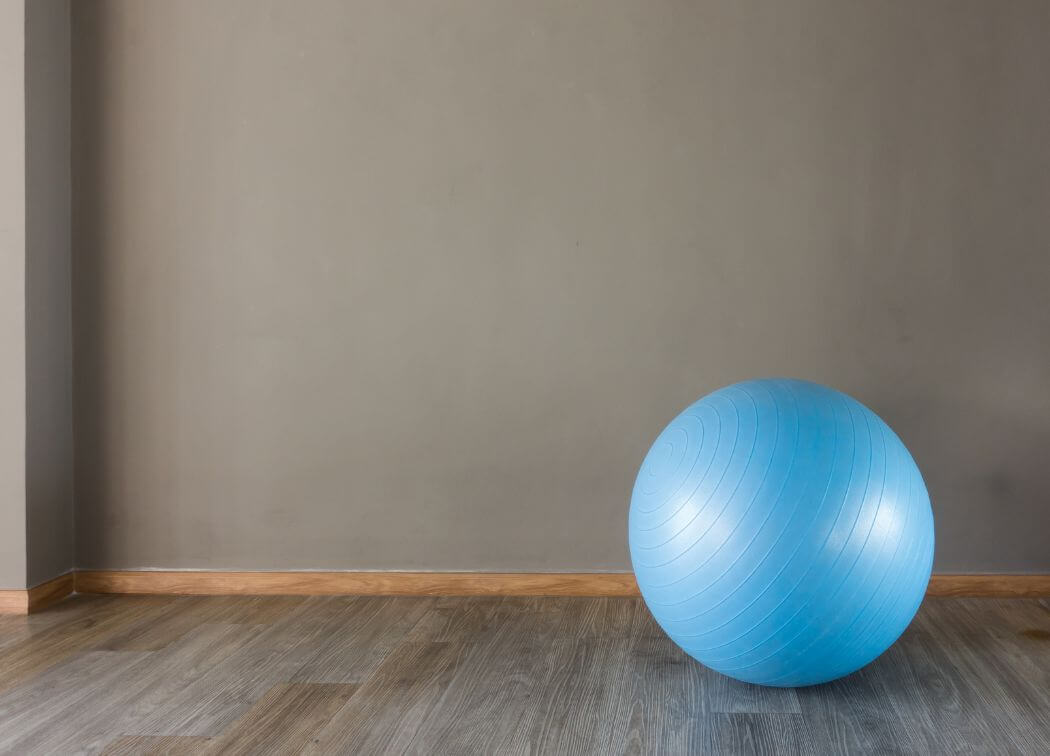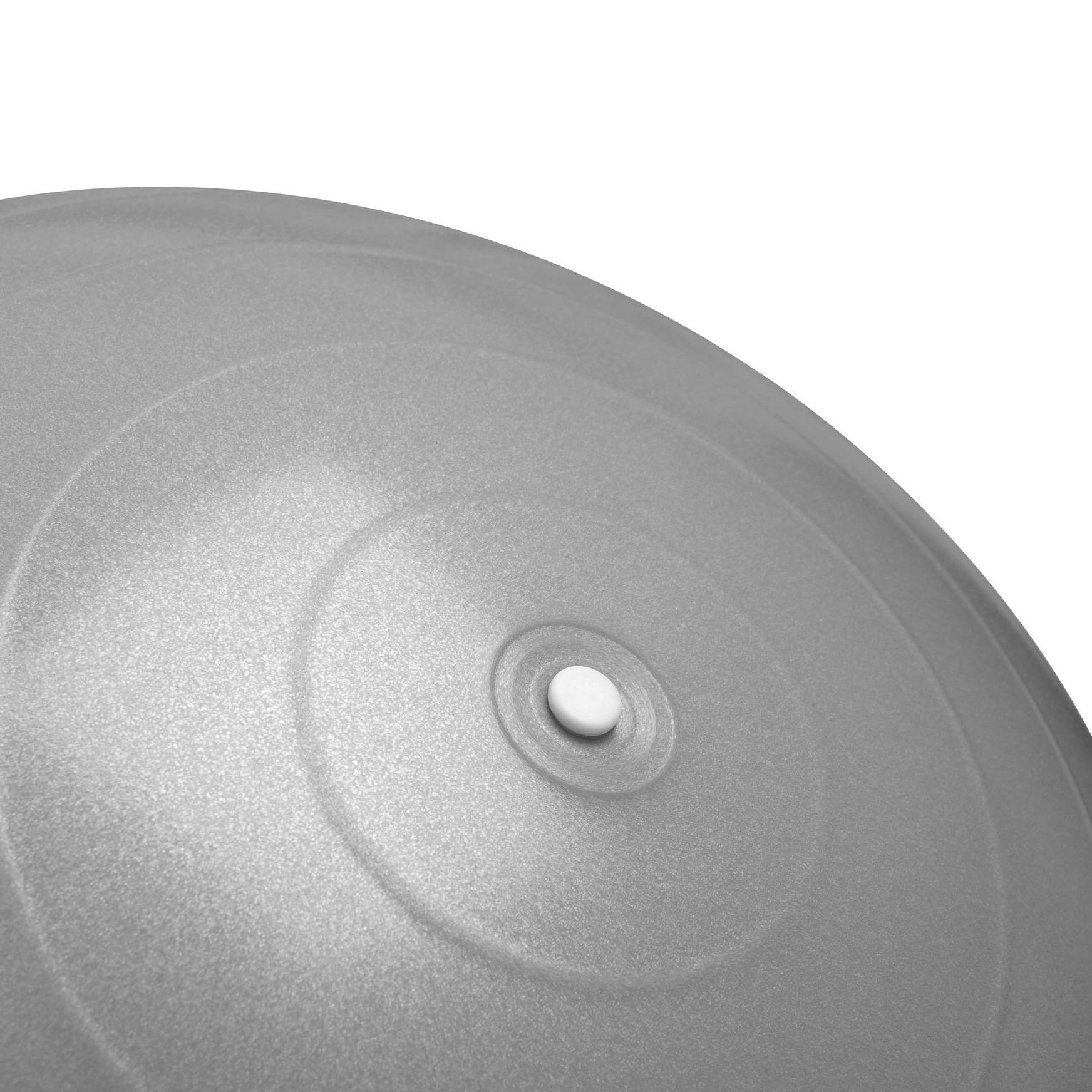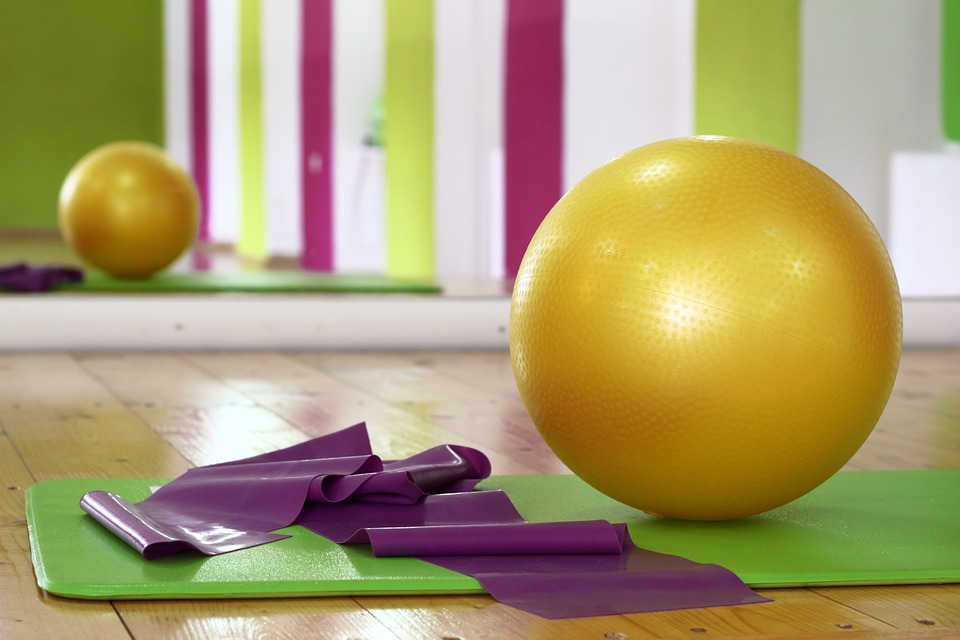Yoga balls, also known as exercise or stability balls, are popular fitness tools used for strength training, yoga and more. Like any inflatable equipment, yoga balls occasionally need proper deflation for maintenance, storage or transportation. Deflating a yoga ball using the right techniques will allow you to flatten it without causing any damage.
Why should you deflate a Yoga Ball?
There are several reasons you may need to purposefully let air out of your yoga ball:
To make the ball more compact for storage in a closet or under furniture.
To adjust the firmness and create more or less stability during workouts.
To make it easier to transport the ball to classes or the gym.
For maintenance like cleaning or checking for leaks by holding air pressure.
To replace it with a new ball or switch to a different size.

Safely Deflating a Yoga Ball
Deflating a yoga ball improperly by poking holes or cutting can cause it to rupture. Use this safe step-by-step method instead:
Prepare the Space
Clear an open area without sharp objects that could cause the ball to pop when deflated. Have the included inflation pump nearby if adjusting firmness.
Locate the Stopper
Find the stopper screwed into the inflation portal of the yoga ball. Then unscrew the stopper until you can press on the inflation hole underneath to start gently releasing air.
Slowly Press Out Air
With one hand pressed firmly over the hole, use your body weight to slowly flatten the ball and push air out of the portal.

Regularly Seal the Hole
Periodically remove your finger and screw the stopper back in temporarily to prevent all air releasing at once.
Adjust Pressure as Desired
For partial deflation, inflate occasionally with the pump to gauge pressure. Fully deflated balls will be flat with no bounce.
Screw Stopper in Tightly
When the ball reaches the desired deflated state, seal the stopper back in fully to hold air pressure for storage.
Following this method prevents accidentally popping the ball and allows controlled air release.
Tips for Proper Deflation
Keep these tips in mind when you deflate your yoga ball:
- Go slowly to avoid loud popping – a quick rush of air can tear the ball.
- Start deflation with the ball on a flat, protective surface in case air releases suddenly.
- Wear eye protection like goggles for safety in case the ball ruptures.
- Use your body weight and a smooth deflating motion rather than pressing hard with your hands.
- Stop to check firmness occasionally if adjusting pressure rather than fully deflating.
- Make sure no pets or children are nearby during deflation in case of popping.
- Check for leaks by deflate slightly, re-seal, then see if pressure holds overnight.
- Discard balls with leaks, visible cracks or other defects rather than attempting to patch.

What Not to Do When Deflating
To avoid permanently damaging your yoga ball when deflating it, do not:
- Release air rapidly by squeezing, sitting or jumping on the ball.
- Use sharp objects like needles, knives, scissors or pens to puncture the ball.
- Cut or tear the inflation portal or other surface area.
- Twist, stress or stretch the ball material while deflated.
- Leave in sunlight or heat during storage as this can degrade the material.
- Store near sharp tools or objects that could cause invisible punctures.
- Attempt to patch balls with leaks using tapes or glues.
Carefully releasing air through the stopper is the only safe deflation method.
In Summary
Knowing how to safely deflate your yoga ball through the stopper allows adjusting firmness for workouts, compacting it for transport or storage, and eventual disposal. By slowly controlling air release rather than popping with pins or knives, you can flatten yoga balls without causing rips or leaks leading to replacement. Handle deflated yoga balls with care and store properly inflated when not in use. With the right technique, you can deflate yoga balls for any need while retaining their quality and extending usefulness.


